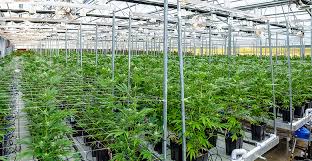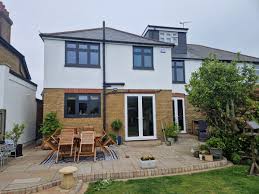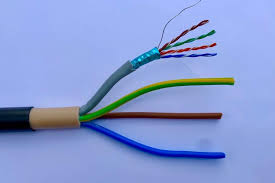In the fast-growing cannabis industry, ensuring that you have the right conditions for the environment is essential to the health of the plant and for product quality. One of the major components of this environment is the HVAC (Heating Ventilation, Heating, as well as air Conditioning) system. A proper HVAC design in the cannabis cultivation facility ensures that the plants get the correct amount of sunlight and temperature, as well as humidity in addition to air circulation. Here’s a comprehensive guide to understanding the basics to cannabis HVAC design.
1. Temperature Control
Cannabis plants thrive within certain temperatures, typically between 65degF and the temperature of 80 degrees (18degC between 27 and 28degC). The deviations can strain plants and impact yields. In the vegetative phase, mildly cooler temperatures are recommended and during flowering temperatures, a warmer climate can enhance growth. HVAC systems must be capable of maintaining the temperature consistently. This usually involves utilizing both cooling and heating systems, such as air conditioners, heaters, and occasionally, specialized cooling units like chillers for larger-scale operations.
2. Humidity Regulation
Controlling humidity is essential for preventing mold, mildew and a variety of other plant illnesses. Cannabis plant species require high levels of humidity during the vegetative stage, however lower humidity during flowering to prevent bud rot. The ideal humidity ranges from 40% to 60 percent. A HVAC system within the cannabis facility usually includes humidifiers and dehumidifiers. Proper air handling units and ductwork (AHUs) are vital for distributing air evenly and effectively manage humidity across the space for cultivation.
3. Air Circulation and Ventilation
Air circulation is essential to ensure uniform distribution of humidity and temperature making sure that all plants enjoy the same conditions. It also aids in the removal of stale oxygen and freshening the air. HVAC systems used in cannabis grow rooms usually contain ducts and fans to improve airflow. Exhaust systems are crucial for removing excess heat, humidity, and odors. Intake systems guarantee a continuous supply of fresh air.
4. Filtration
Cannabis cultivation can produce strong odors that need to be controlled effectively. HVAC systems must include high-efficiency carbon scrubbers and filters to remove particulate matter and odors from the air. This is crucial in urban settings or areas that have strict regulations for odor control.
5. Energy Efficiency
Given the significant energy demands of HVAC systems used in cannabis plants, energy efficiency is a key factor to take into consideration. Investing in energy-efficient equipment and using smart controls will cut operational expenses. The ability to program thermostats and sophisticated monitoring systems can help in optimizing the efficiency of HVAC systems and reduce the energy use.
6. Compliance and Safety
Also, ensuring the compliance of local regulations is vital. HVAC systems should meet building codes and industry standards. Additionally security measures, such as regular maintenance and inspections are vital to avoid breakdowns of the system which could affect the plant’s health.
In summary, effective cannabis hvac design requires careful planning and integration of temperature control, humidity regulation, circulation of air, filtering, and energy efficiency. Through addressing these issues cultivators can create a perfect environment that encourages healthy plant growth and enhances yield.



